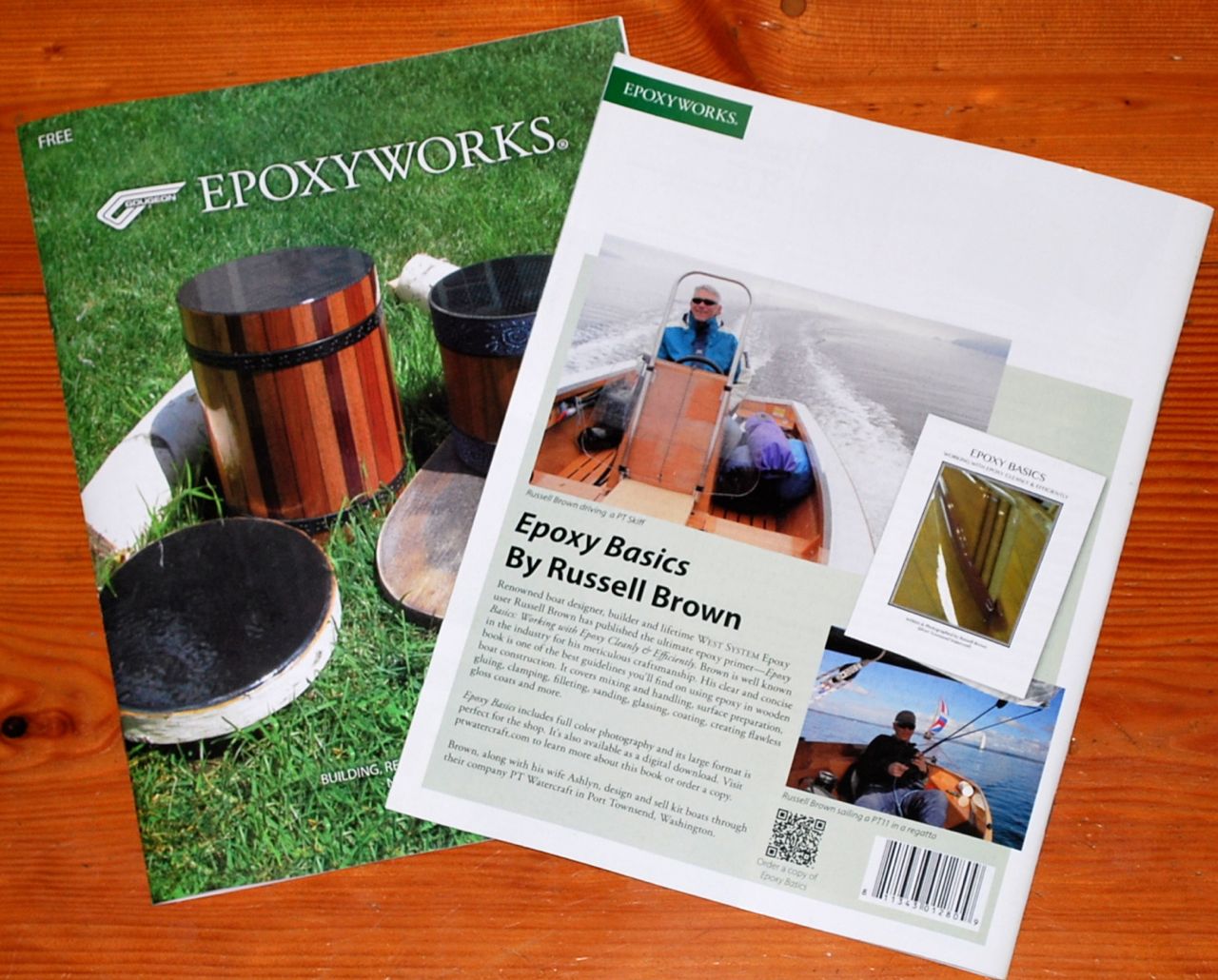ROLLING PERFECTION
Recently we did a rather large paint job where the bubbles left by the roller refused to pop and the result was a very pock-marked finish that took a distressing amount of sanding to make smooth again.
Why did this happen? At first we weren’t sure, but now we feel the need to bring up two possible causes for paint-job disasters to be avoided.
Two things we learned are: The reactor (the smaller can) has a two year shelf life from date of manufacture.  While I’m sure I have successfully used paint that was older than that, if the reactor starts to thicken, don’t try to use it. There is a code on the bottom of the can, but you’ll have to call the phone # on the side of the can to get them to tell you what it means. Apparently Interlux will not provide the reactor separately.
While I’m sure I have successfully used paint that was older than that, if the reactor starts to thicken, don’t try to use it. There is a code on the bottom of the can, but you’ll have to call the phone # on the side of the can to get them to tell you what it means. Apparently Interlux will not provide the reactor separately.
The other thing we are learning is that over-thinning can also cause the bubbles not to pop. It seems like 15 percent thinner (as our book recommends) can be too much at times. We just did a large job thinned at 10 percent that came out amazingly well. While we have had excellent results in the past thinning up to 20 percent, that may have been an anomaly. We will update the Rolling Perfection book to discuss both of the above issues.
Using this paint with the roller only method can be relatively painless, satisfying, come out beautiful, and last forever. or, like any paint, it can all go wrong. There are so many factors that can influence a paint job. Our experience with this paint has been almost all positive, but one bad experience can be a wake-up call, especially for us, as we happen to sell a book on the subject.
Also, we haven’t used all the colors of Perfection and don’t know how that relates to handling and results.
We do know that clear Perfection seems to need to be tipped and we know that some colors cover much better than others: In the whites, Matterhorn, which is darker, covers much better than the whiter whites and Platinum, which is a very light grey, covers even better. With Matterhorn and Platinum it’s possible to do a two-coats only paint job.
Remember that besides a good respirator, good ventilation is very important. If working indoors, an exhaust fan is key. The fan should be in one end of the shop and an open door or large window at the other end. This paint doesn’t smell for long, but when it’s going off it’s very bad to be around. RB.

















